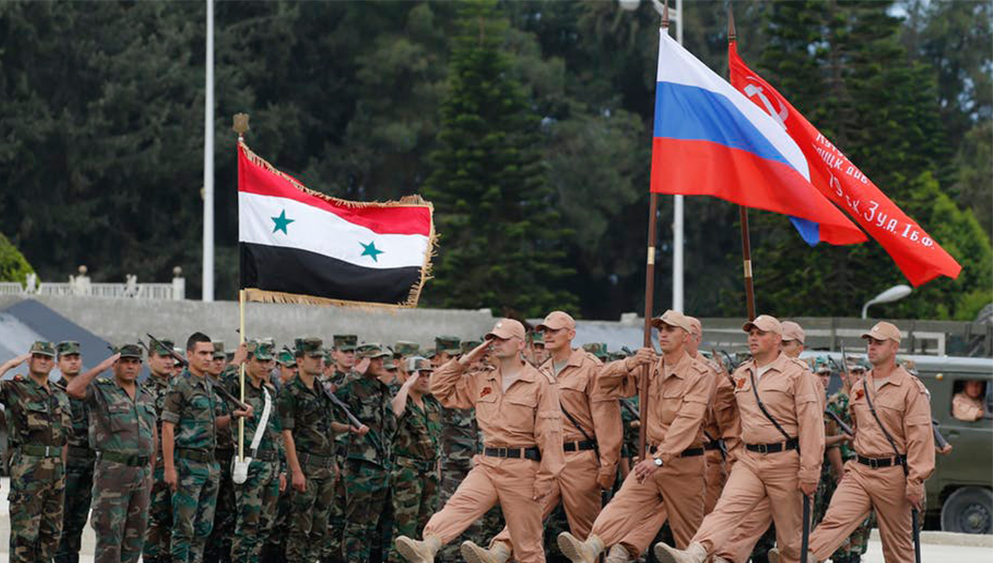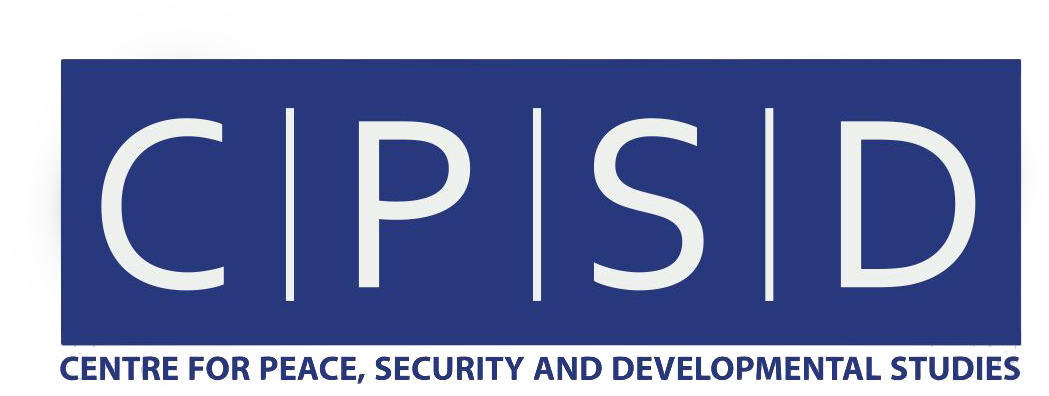Mounting tensions between USA & Russia

Syria, Superpower Standoff, and the Possibility of Peace: A Role for Pakistan?
Nikki Haley’s Warning and Rising Tensions
In a sharp address at the United Nations Security Council, U.S. Ambassador Nikki Haley declared that chemical weapons use — especially by the “rogue regime” of Bashar al-Assad in Syria — would not be tolerated. This was interpreted by Russia as a veiled threat, possibly foreshadowing a preemptive U.S. strike on Syrian government forces.
The presence of Russian armed personnel in and around Damascus, actively engaged alongside Syrian troops against anti-government rebels, raises serious risks. A strike on Assad’s forces could endanger Russian lives — an outcome Moscow has warned it will not accept. These tensions echo the April 2017 Tomahawk missile strike ordered by President Trump on Syria’s Shayrat Air Base, after an alleged chemical attack by Syrian forces. Russia claimed two of its military advisors were killed in that attack, prompting outrage and threats of retaliation.
This time, Russia appears prepared to respond proactively, warning the U.S. of “dire consequences” if its forces are again targeted.
Russia’s Quiet War: Mercenaries, Nationalism, and Image
Unlike conventional conflicts, Russia has increasingly relied on mercenary forces rather than formal military units in Syria. Despite repeated assertions by President Vladimir Putin that “every Russian life matters,” there remains no clear record of casualties among Russian contractors. Their deaths go unreported, offering the Kremlin plausible deniability and domestic political insulation.
With Russian presidential elections approaching and economic challenges looming, Putin continues to draw support through his cultivated image: the strongman, the nationalist, the hero. His popularity is bolstered not only by this persona but also by his efforts to restore Russia’s global prestige — a narrative reinforced by weapons development, such as Russia’s new nuclear-capable cruise missile.
In this context, Russia’s threat of retaliation may not be mere posturing.
The Complicated Battlefield: From ISIS to Proxy Conflict
Initially united against the Islamic State, the U.S. and Russia developed a communication mechanism to coordinate air strikes and prevent military mishaps. However, frequent breakdowns in this coordination led to confrontations and near-conflict scenarios. Once ISIS was weakened, attention shifted to rebel-held urban areas, where the U.S. strongly objected to Russia-backed strikes due to civilian casualties.
The U.S. has repeatedly accused the Assad regime of deploying chemical weapons, particularly Sarin gas, against civilians. Russia — as a permanent UNSC member — has consistently vetoed resolutions condemning Syria, arguing there’s no logical reason for Assad to use such weapons when conventional warfare is already proving effective.
The Crisis of Credibility: Media, Misinformation, and Proxy Narratives
One of the major hurdles in understanding the Syrian conflict is the lack of reliable, on-ground reporting. Major international organizations are absent from Aleppo and Ghouta, the key conflict zones. Much of the information comes from limited sources such as:
The Syrian Observatory for Human Rights, run by Rami Abdul Rahman — a single individual based in Coventry, UK, not Syria.
The White Helmets, a controversial rescue organization, founded by former British military officer James Le Mesurier, which receives over $100 million annually in Western funding.
While they claim neutrality, photos showing White Helmets with weapons or alongside militants have raised questions about their impartiality. Some of their rescue operations have also been disputed, including cases where the same child appears in multiple staged rescues.
Ultimately, most media narratives reflect the geopolitical stance of the outlet’s home country, further muddying the truth in Syria.
The US-Russia Rivalry and the Afghan Convergence
While Syria is the focal point of current U.S.-Russia tensions, there is another arena where their interests overlap: Afghanistan. With the rise of ISIS in Afghanistan, Russia has increased its engagement, fearing the spread of extremism near its borders. The U.S., still deeply involved in Afghan affairs since 2001, sees this as both a threat and a challenge.
This convergence presents a diplomatic opportunity for Pakistan.
Pakistan’s Potential Role as a Mediator
Though Pakistan may not be central to the US-Russia standoff over Syria, it holds strategic leverage in Afghanistan. Building on initiatives like the Quadrilateral Coordination Group (QCG) — which involved the U.S., China, Afghanistan, and Pakistan — Islamabad can propose a new multilateral forum that includes Russia as a core player.
Such a platform could help mediate not only Afghan affairs but foster broader dialogue between the U.S. and Russia on overlapping regional issues. Historically, Pakistan played a pivotal role in U.S.-China rapprochement in the 1970s. That diplomatic precedent underscores Pakistan’s potential to serve as a neutral facilitator in today’s fractured world order.
Conclusion: Dialogue Over Destruction
As tensions mount between two nuclear powers over Syria, the need for de-escalation has never been greater. Military posturing and retaliatory threats may serve political agendas in Washington or Moscow, but they edge the world closer to conflict.
Pakistan — and the United Nations — can play a constructive role in bringing both sides to the table. With no direct stake in their rivalry, and a history of bridging geopolitical divides, Pakistan should champion dialogue over confrontation.
It is time for responsible diplomacy to prevail before miscalculation leads to irreversible consequences.
